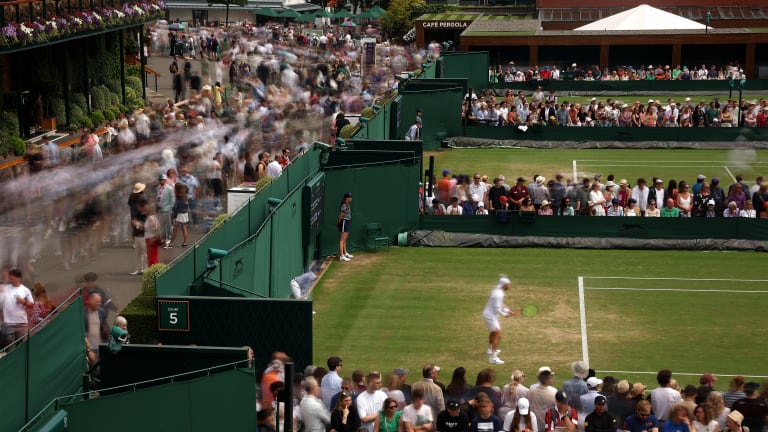The Business of Tennis
A Grand Slam-led “premier tour” is both logical and hard to imagine
By Dec 02, 2023The Business of Tennis
How Aryna Sabalenka is building a brand as powerful as her game
By Jan 01, 2026The Business of Tennis
Naomi Osaka is leaving the sports agency she co-founded
By Dec 19, 2025The Business of Tennis
Coco Gauff is Forbes' highest-earning female athlete for second year running
By Dec 18, 2025The Business of Tennis
Garbiñe Muguruza returns to Madrid as co-tournament director
By Dec 13, 2025The Business of Tennis
Billie Jean King applauds historic WTA, Mercedes-Benz partnership: “Far beyond tennis”
By Dec 11, 2025The Business of Tennis
Coco Gauff inks deal to become global brand ambassador for Mercedes-Benz
By Dec 09, 2025The Business of Tennis
Inside BUNKR, the cybersecurity startup winning over the tennis world
By Dec 07, 2025The Business of Tennis
Coco Gauff tops Sportico's highest-paid female athletes list for third year running; Sabalenka, Keys make major jumps
By Dec 04, 2025The Business of Tennis
Aryna Sabalenka sets new WTA single-season prize money record
By Nov 10, 2025A Grand Slam-led “premier tour” is both logical and hard to imagine
In the end, would it look much different from what we have today?
Published Dec 02, 2023
Advertising

The All England Lawn and Tennis Club has hopes of gaining approval to implement a $250 million expansion plan that would see a new 8,000-seat show court with a retractable roof and 39 grass courts added to Wimbledon's current grounds.
© Getty Images
Advertising
Advertising

Would the proposed transformation allow for more or less one-off exhibition events like this week's TennisFest GNP in Mexico City?
© AFP or licensors